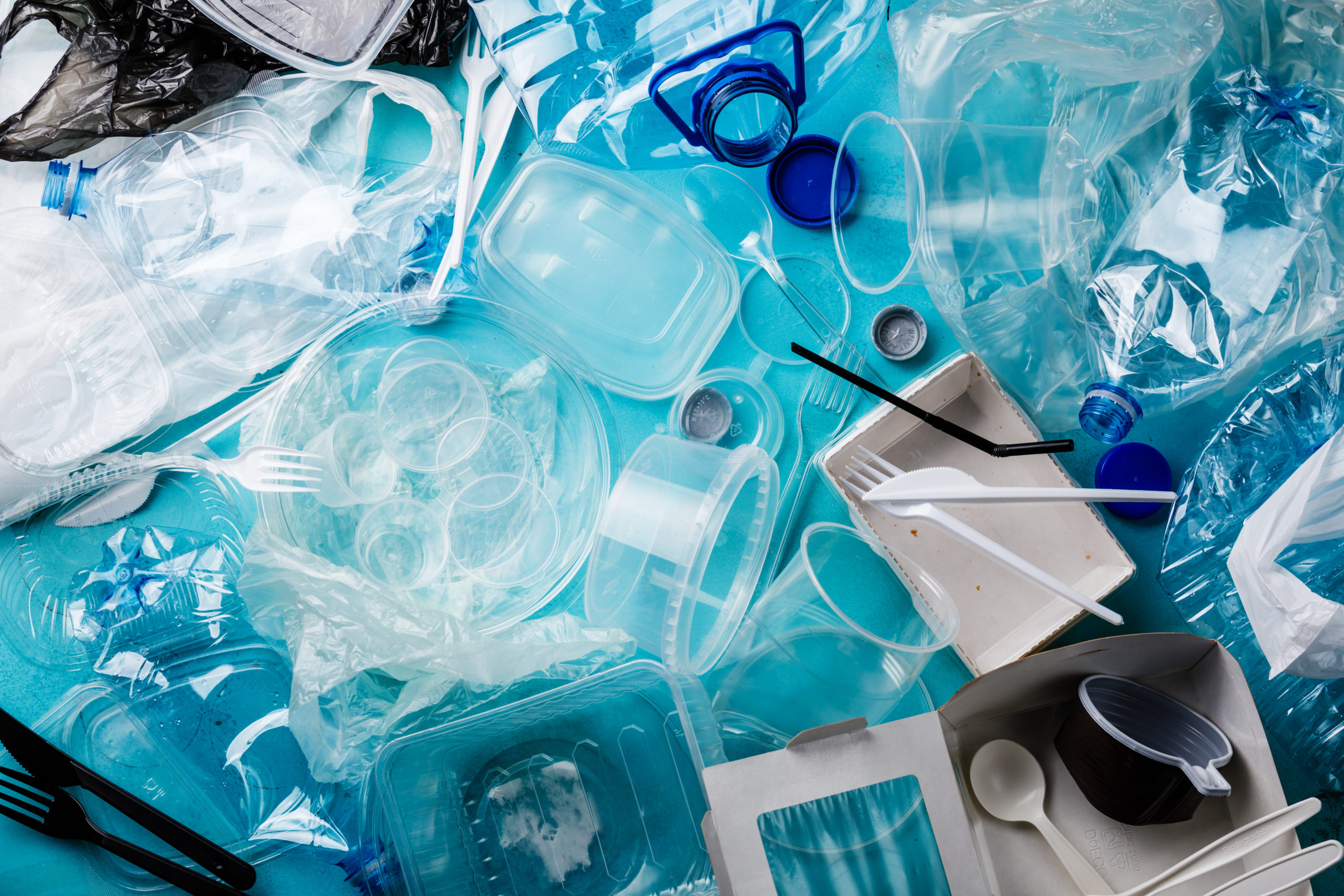Wind turbines are becoming an increasingly common sight in many parts of the world, including both on-shore and off-shore wind farms. Each of these wind turbines includes complex electrical and mechanical systems that convert wind energy into electrical power. A key aspect of achieving this conversion in a reliable, consistent manner is the numerous seals involved–including rotary shaft seals. This post will discuss the use of rotary shaft seals in wind energy applications.
Global Look at Installed Wind Energy Capacity
According to data from Statista, the global installed wind energy capacity continues to grow, reaching a record 743 GW in 2020. Furthermore, the cumulative capacity of wind energy is expected to reach 840.9 GW by 2022. To be able to provide energy efficiency and predictability, every aspect of generation and transfer must be designed for reliability, from the massive propeller blades to the energy transfer systems.
Wind Turbines and Seals
When propellers are often 120 ft long, it is extremely important that the rotors function effectively. Of particular interest are rotary shaft seals which are usually tasked with keeping lubricants in and contamination outside. In a wind turbine, there are two specific areas where rotary shaft seals are critical: the main shaft bearings and gearbox shafts. These seals are directly involved with the main turbine shaft, and a failure in these rotary shaft seals means the wind turbine is quickly rendered useless.
Challenges of Seals for the Wind Energy Market
Rotary shaft seals for wind turbines are not only critical to the functionality of a wind turbine but also face some of the most difficult operating environments.
All rotary shaft seals for wind turbines must deal with high speeds. While the tip of the propeller may seem to move slowly, the length of these propellers means that the shaft speeds are incredibly high. Extremely high speeds mean that friction between the shaft and the seals can lead to significant heat generation, which means energy losses. These high speeds also lead to faster wear. Low friction and excellent wear resistance are extremely important.
There are also extreme temperature changes involved which can drop to cryogenic levels. The seal material used must be dimensionally stable despite these temperature changes and maintain performance at extremes (e.g., not becoming brittle when temperatures drop below freezing). Temperatures can also impact the type of lubricant that can be used with the seal.
Another challenge faced by the rotary shaft seals for the main shaft bearings is UV exposure, which can cause certain materials to rapidly degrade. Add to that potential exposure to water, ice, snow, rain, sand, dust, and winds and the choice of a good seal material becomes even more critical. In addition, exposure to moisture can also cause problems for wind turbine seals. Some materials will absorb water which will deform their shape.
The fact that these turbines are often located in remote locations and that changing out the seals is not a simple task means that repair costs just for labor are expensive. Because many of the seals are large in diameter and are considered custom seal designs means that the seals themselves are far from inexpensive.
Turbines for off-shore wind farms face an extra set of challenges with exposure to saltwater and extreme weather events such as tropical storms and hurricanes. In addition, they are usually even more remote than their on-shore counterparts, making maintenance and repair much more challenging and expensive.
PTFE Rotary Shaft Seals in Wind Energy Applications
The type and geometry of rotary shaft seals are extremely important when selecting a seal for a wind turbine, but so is the seal lip material. One of the materials that are extremely well-adapted for facing the challenges just outlined is PTFE, polytetrafluoroethylene.
PTFE has the lowest coefficient of friction of any polymer. Furthermore, with a wise choice of additives, it can exhibit excellent wear resistance. Because of its low friction, self-lubrication, dry running capabilities, and very low breakout friction, PTFE works extremely well in high-speed applications.
PTFE also has an extensive operating temperature range of -328°F and 500°F with a melting point of 620°F. This allows it to maintain performance at the high speeds involved with wind turbines as well as the extreme temperatures involved with their operating environment. In addition, PTFE has a low coefficient of thermal expansion compared to many other polymers which means it changes geometry very little when temperature changes occur.
PTFE also has very good UV resistance, which means that it maintains its properties even during extended exposure to sunlight. In addition, PTFE performs well even in the presence of saltwater and other potential environmental issues. Saltwater can, of course, lead to problems but PTFE is not significantly affected in terms of wear and friction. In addition, PTFE also has a very low moisture absorption rate which means that it can remain dimensionally stable in the presence of water.
Conclusion
Rotary shaft seals for wind turbines, whether installed on the main shaft bearings or the gearbox shafts, must be able to function in extremely adverse conditions. One of the best materials for wind energy seal applications, both onshore and offshore, is PTFE. If you are looking for a reliable, robust wind energy sealing solution, contact the experts here at Advanced EMC. Our sealing team can recommend the best PTFE blend, seal type, and seal geometry for your rotary shaft seal needs.


